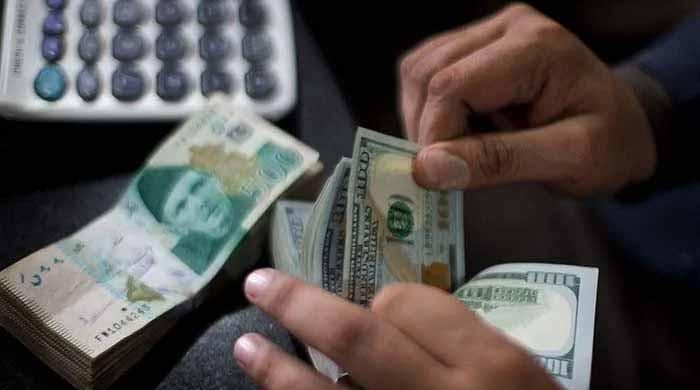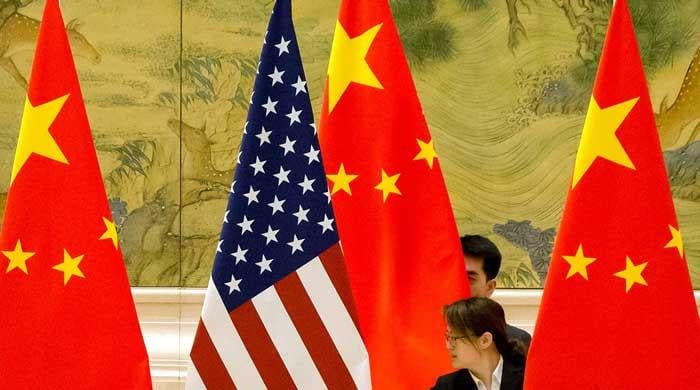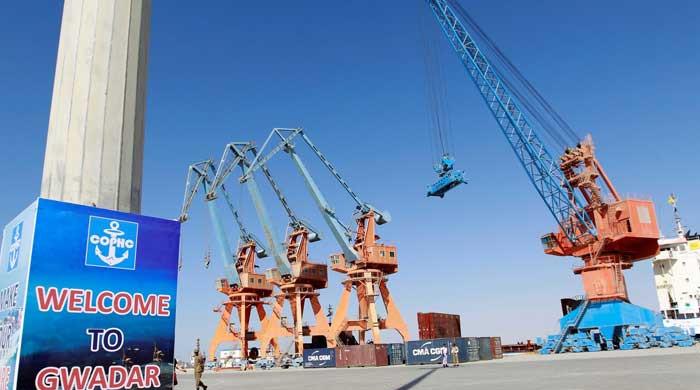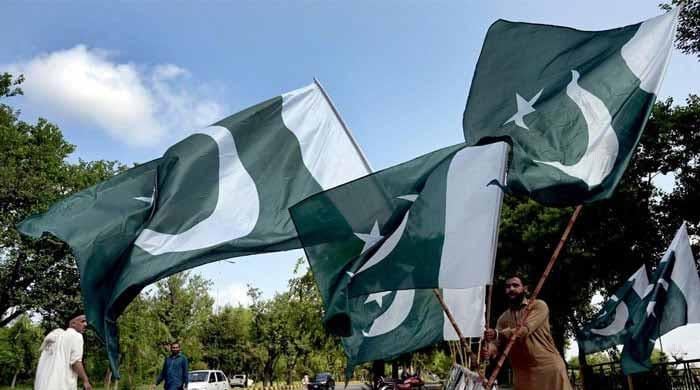Five factors that will determine Prime Minister Imran Khan’s odds of winning 2023
Outcomes in Afghanistan, negotiations with global financial system, domestic harmony and capability of fighting, beating a resurgent TTP will determine country’s near-term future
September 28, 2021
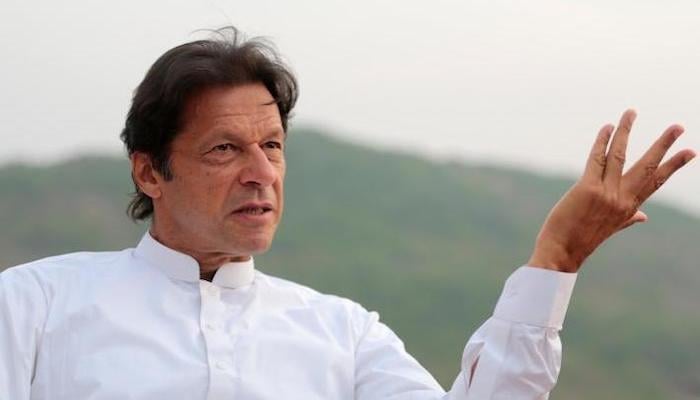
Prime Minister Imran Khan has a lot more power than his critics may give him credit for, and he has used this power to make five bets that are going to define the country’s fortunes and his own political future in the short and medium term.
First, PM Khan has bet on Shaukat Tarin’s growth-above-all approach to the economy. I am a big fan, as I was in 2016, when Ishaq Dar had delivered the same thing. The early returns from this approach are also not surprising. Pakistan’s current account deficit is growing and without US dollar denominated, concessional gap financing, the growth story will barely begin before it begins to asphyxiate in the absence of US dollars.
Where Tarin will generate the forex needed to sustain this growth-at-all-costs approach is a mystery – given the hardball that the Biden Administration seems to want to play with Pakistan. But if PM Khan manages to register better than expected growth, he will have pulled off a small heist with a big potential political payoff in 2022-2023.
Second, PM Khan has bet on an unequal and unstable political equilibrium in Punjab as a necessary instrument of his sustaining the power to fight and win the next general election (most likely in 2023). This equilibrium has necessitated the appointment of Usman Buzdar as chief minister – a ridiculous choice that is redeemable only if one understands that any other choice would have already produced a change in government at the centre. Buzdar may not be much, in terms of governance, or performance, or even presentation – but he is everything PM Khan needs to ensure his tricky triple balance in Punjab.
The unseen hand of politics that delivered Punjab to him, the PML-Q’s easy load and portable loyalty, and the conglomerate of petit bourgeoisie mafiosos that make up part of the PTI ‘core’ in Lahore were all vying for the CM role. By denying this role to the traditional power brokers of southern Punjab, the Chaudhrys of Gujarat and the Aleem Khans and Jahangir Tareens of the PTI, PM Khan has established an unstable but manageable equation in Punjab. The cost? Every governance failure in Takht-e-Lahore reminds people of what Buzdar has replaced. But this cost is mitigated by PM Khan’s third bet.
The third bet PM Khan has made is that the Generation Z voter in Punjab will convert into the Generation Z voter of Khyber Pakhtunkhwa – ie she or he will lean PTI when push comes to shove. PM Khan is hoping that young voters are so excited by his brand of politics, and so disgusted or disenchanted with the Sharifs, that they will turn out to vote PTI in numbers – regardless of how badly the PTI governs in Punjab. This is a risky bet, but it is rooted in Kaptaan’s belief that a relentless branding of all other political options in the country as corrupt, and a tireless marketing of the PTI’s every failure as a legacy of the traditional political parties is one that will prevail among the 18-34-year-old voters that he needs to win the 2023 general election.
The risk inherent in this strategy was on stark display at the Cantonment Board polls in Punjab recently, where a bruised and bleeding PML-N managed to eke out a substantial set of victories. If the Cantt Board populace is still smitten by that Nawaz Sharif magic, what hope does the PTI have in Gujranwala, Sialkot, and Lahore? This may represent the most substantial risks among the bets PM Khan has made.
The fourth bet that PM Khan seems to have made, is that right-leaning populism is a more certain political bargain than progressive realism. Many attribute the regular stream of gaffes that PM Khan seems to make – on issues like the Taliban and what they stand for, or what constitutes the core of women’s rights and sexual abuse, or on the definition of Pakhtun nationalism – to PM Khan’s sketchy understanding of facts, and of history. But the frequency and regularity of these gaffes demands an alternative theory to help explain this seemingly constant appeal to the Pakistani right wing.
Here’s a thought experiment: who would be the principal challenger to the PTI in Punjab if there were no PML-N? I would argue that the principal challenger to both the PTI and the PML-N (their voters aren’t as different as they would like to think) is a group like the Tehreek-e-Labbaik Pakistan (TLP). With radical right-wing extremists now mainstreamed – thanks to the Faizabad dharna and all the laboratory manufactured paraphernalia that came with it – the imagination of the young Pakistani voter is now split between whether the system in place (the Islamic republic) can EVER deliver for the people, or whether Pakistan needs a wholesale change.
The TLP offers a pantomime of reform that leans into the perfect storm of class warfare, cultural wars and global shifts. The reasons PM Khan often sounds incredibly lacking in sophistication on issues that he ought to be clear on – women’s rights; the genesis of Talibanisation; the place of post-Zia religiosity in the public domain – is because he is betting on his capacity to outflank the radical right-wing challenge to the overall system. This is a bet that most reluctant populists have made and lost, in a lot of places. There is little to suggest PM Khan will necessarily be different.
PM Khan’s most significant wager is that he has bet his political future on an alignment with the Pakistani military, and specifically with the rank and file of the security apparatus. This ‘one-page’ that has been the source of so much derision (some deserved and some not so fair) seems a little different from the traditional ‘manage one or three or five generals’ approach that has defined the Pakistani civilian leaderships’ approach to civ-mil affairs since the Bahawalpur C-130 crash of 1988.
At its core, it is not so much that PM Khan is aligned with the institution's leadership (this alignment is not as stable or problem free as the troika would want us to believe). It is rather that PM Khan is invested in a set of narratives about Pakistani national security that enjoy the approval and support of the rank and file, especially the officer class. It is that approval that PM Khan is constantly honing and crafting.
This isn’t rocket science, of course. The prime minister’s primary appeal happens to have been to the same demographic – largely urban, largely educated, middle class Pakistanis – that happens to populate the military rank and file, for over two decades. A political demographic that may not have been more than 10 percent of the country’s population when he won the World Cup in 1992, is likely to be sized at a significantly larger share of the country’s population, as much as perhaps half the population.
As we head into October 2021, these five wagers by PM Khan are the ones that will determine the country’s near-term future. Outcomes in Afghanistan, negotiations with the global financial system, domestic harmony and the capability of fighting and beating a resurgent TTP are all conversations that will shape the next general election.
PM Khan needs GDP growth, he needs to keep foiling intrigue in Lahore using Buzdar as the decoy, he needs enough young Punjabis and Pakhtuns to believe in him, he needs to out-hustle and out-Muslim the domestic radical right wing, and he needs to keep the imagination of the rank and file of the military onside. If he manages all this, he may not only become the first PM in Pakistani history to finish his term; he may also put himself and his party in a position to win 2023.
The writer is an analyst and commentator.
Originally published in The News





